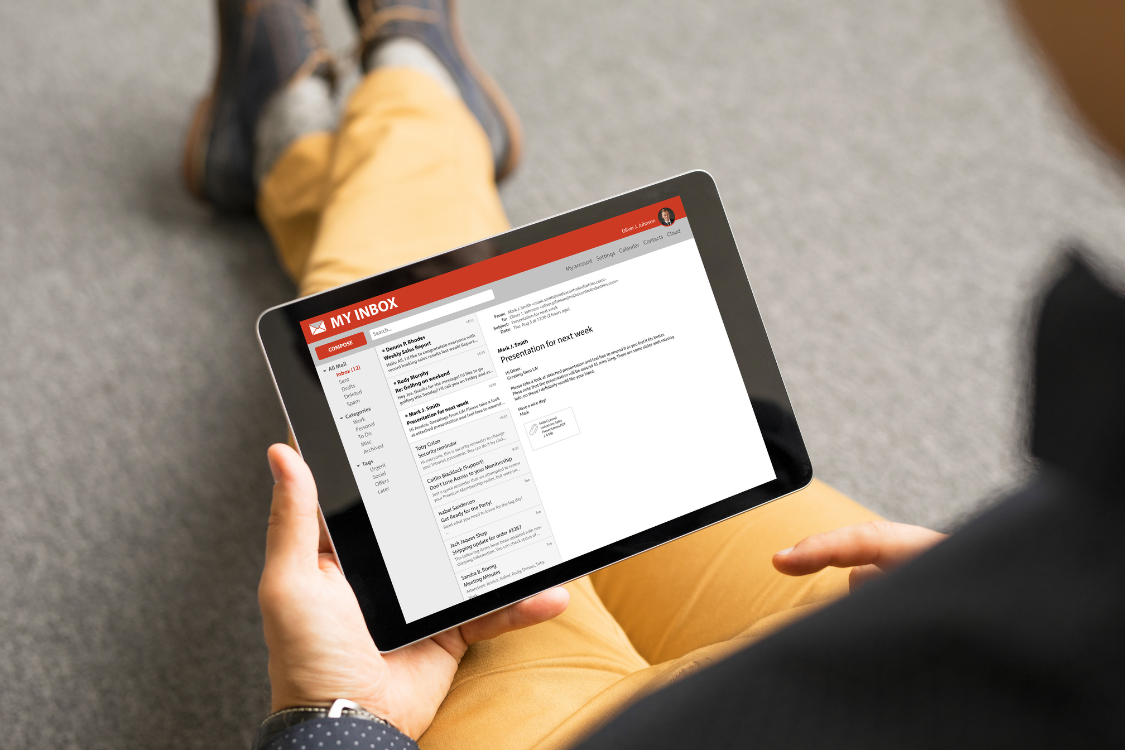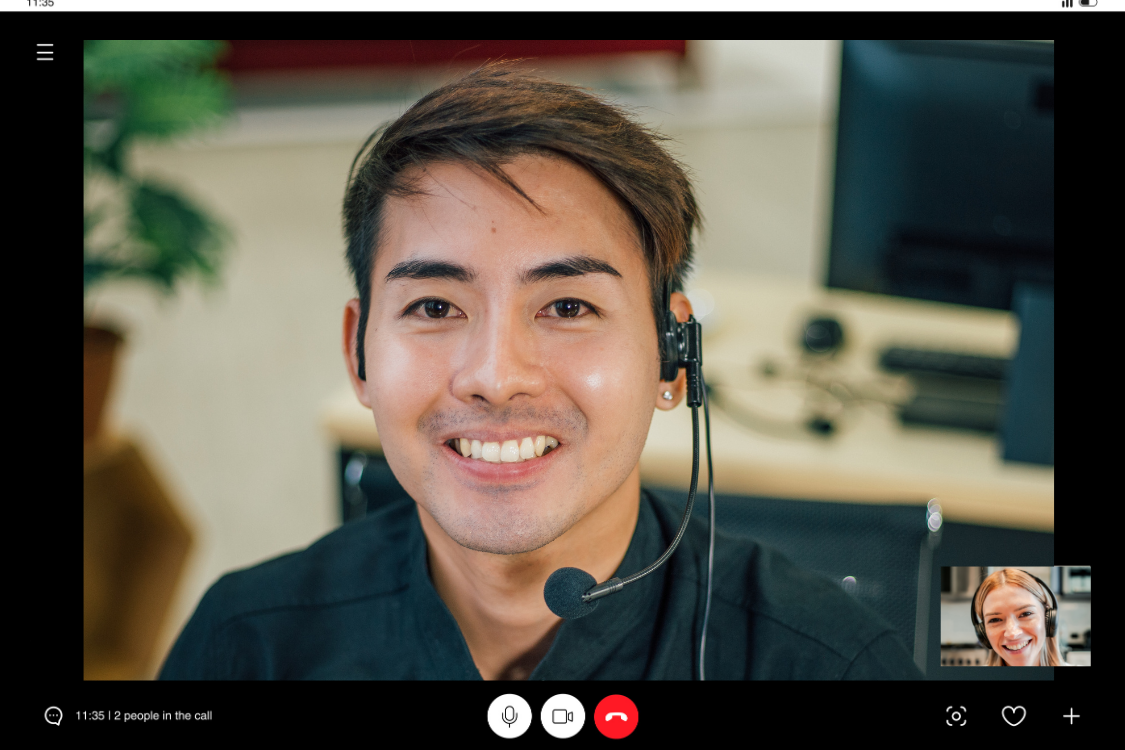Hiring a Filipino virtual assistant (VA) isn’t just about skills but understanding how they communicate. Many founders from English-speaking countries face delays or confusion because they misread the Filipino communication style in job interviews.
Rooted in Filipino culture, this style often relies on indirect communication, non-verbal cues, and a focus on group harmony. These differences can shape how Filipino employees respond and perform. This guide shows you how to spot and assess these unique communication styles to build a clearer, stronger remote team from the start.
Why Communication Style Matters in Offshore Hiring
Hiring remotely from the Philippines can improve your operations, but only if communication is clear. Cultural differences in how Filipino VAs agree, ask questions, and give feedback can lead to early misunderstandings if you expect a direct communication style like in American companies. Understanding the Filipino communication style in job interviews helps prevent slow onboarding, missed details, and team tension.
Misalignment leads to misunderstandings and delays.
Filipino professionals often use indirect communication to maintain harmony and avoid confrontation. While this style is rooted in Filipino culture and strong personal relationships, it can confuse hiring managers who use low-context communication where every “yes” is a firm agreement. Without knowing this, managers may assume everything is clear, even when the candidate is unsure. This gap can cause unclear instructions, incomplete tasks, and follow-up delays affecting employee productivity.
Filipino candidates may communicate differently from U.S. norms.
In Filipino society, especially in professional settings, being respectful sometimes means not pushing back or admitting confusion. Instead of asking for clarification, a Filipino VA might nod, use non-verbal cues, or say “okay” to keep the conversation flowing. These habits are shaped by deeply rooted values like pakikisama and a strong emphasis on respect. This can make it harder for remote teams to identify misunderstandings unless you’re tuned into different communication styles.
Knowing what to look for improves onboarding and retention.
Understanding Filipino work culture and how Filipino team members interact helps you set standards, communicate effectively, and offer the proper support. Candidates with strong potential but struggle with assertiveness may thrive with the appropriate coaching. Building your hiring approach around these cultural nuances helps new hires feel warmly welcome, encourages community cooperation, and significantly enhances long-term success.

The Basics of Filipino Workplace Communication Style
Many Filipino team members communicate in ways that reflect Filipino society’s strong values—respect, harmony, and humility. These unique communication styles are shaped by tradition, religion, and the importance of personal relationships. Unlike the low-context culture seen in many Western workplaces, where messages are direct and explicit, Filipino communication relies more on tone, implication, and social cues. Understanding these norms helps you navigate conversations during interviews and daily work more effectively.
Indirect speech is everyday—politeness over bluntness.
In Filipino culture, being too direct can feel rude. Many Filipino workers use soft language to avoid sounding aggressive, especially with a senior team member. Instead of saying “no,” they might say “maybe,” “I’ll try,” or smile and nod. This style helps maintain harmony and shows respect, but it can also hide real concerns or confusion if you’re not paying attention.
“Yes” may mean “I heard you,” not “I agree.”
A standard part of Filipino communication is saying “yes” to show they’re listening—not always to agree. This habit is part of a high-context culture where meaning depends on tone, body language, and deep understanding. In interviews, a Filipino VA or candidate might say “yes” to keep the conversation polite, even if they don’t fully understand the task or expectation.
Face-saving is valued over confrontation.
Avoiding embarrassment, or “saving face,” is a key part of Filipino work culture. A Filipino employee may not openly admit mistakes or hesitate to ask questions during interviews or meetings. Instead of pointing out a problem, they might stay quiet to avoid conflict. In a professional setting, understanding this helps you offer feedback that builds trust without causing discomfort.

Signs of Strong Communicators in Filipino Candidates
Not every candidate will speak up similarly, especially in a cross-cultural setting. Nevertheless, there are clear signs that a Filipino candidate has strong communication skills, even if their style is more indirect. Look for behaviors that show understanding, confidence, and a willingness to engage, even subtly.
Asks clarifying questions rather than saying “okay” to everything
Filipino employees who feel safe and confident will ask follow-up questions instead of simply nodding or saying “yes.” This shows they’re trying to communicate effectively, not just be polite. In Western culture, nodding often signals agreement, but in Filipino culture, it may show acknowledgment. Watching for facial expressions and encouraging clarification helps avoid misunderstandings and builds trust in remote teams.
Summarize what was said or requested.
Repeating or summarizing a task during an interview or after instructions shows they understand what’s expected. This habit helps align with both Filipino communication style and American culture, where confirmation is valued. It’s also a great sign they’ll do well in task handoffs.
Uses proactive updates, even without being asked
Many strong communicators in Filipino work culture take the initiative and provide updates without waiting to be asked. They’ll send quick updates, confirm changes, or share progress, even if it’s just in a group chat. This behavior shows confidence and initiative and helps boost employee productivity without constant supervision.

Traits That Signal Cultural Fit in Communication
Hiring someone who communicates well is essential, but hiring someone who fits your team’s style makes a more significant impact. A good cultural fit doesn’t mean they mirror Western norms. It means they can balance Filipino communication values with your team’s work practices, creating smoother collaboration.
Comfortable balancing respect with transparency
A strong-fit Filipino team member shows they can be respectful without being overly reserved. They speak up when needed but with care. This balance respects professional titles and hierarchy while supporting open dialogue and honesty across cultures.
Gives feedback gently but constructively
In Filipino culture, giving constructive criticism is done with subtlety. A culturally aligned candidate can offer suggestions without sounding harsh or disrespectful. This helps encourage collaboration and supports a work environment where people feel safe to grow.
Responds well to both async and live feedback formats
In remote teams, communication happens through calls, Slack, video updates, or email. A good-fit Filipino colleague can adapt to these tools and respond thoughtfully, showing flexibility across formats. This adaptability reflects strong work-life balance values and a sense of utang na loob—a deep gratitude and loyalty that motivates them to contribute meaningfully and grow within the team.

How to Assess Communication Style During the Interview
Interviews are your chance to spot strengths and gaps in a candidate’s communication style. This means using culturally aware methods beyond grammar or fluency for Filipino team members. Pay close attention to how they respond, what they say, and what they avoid.
Ask situational questions (e.g., “What would you do if a task was unclear?”)
Instead of direct questions, use scenarios to understand how a candidate handles uncertainty. Ask, “What would you do if a deadline seemed impossible to meet?” This helps surface how they manage unclear tasks, respond under pressure, and balance work-life demands. It also shows if they’ll speak up or stay silent—highlighting where you may need to encourage employees to communicate more openly in future situations.
Evaluate tone, word choice, and confidence—not just grammar.
Many Filipino workers are fluent in English but may use softer or more reserved language due to the Filipino communication style. Don’t rely only on grammar or accent. Pay attention to tone, pacing, and confidence. A confident speaker may still communicate indirectly but express ideas clearly and respectfully.
Use async tools (email, Slack, Loom) to test practical clarity.
Before hiring, give a short test task or ask for a written update using your team’s fundamental tools. This mirrors actual work practices and shows how they handle async formats. Look for clarity, tone, and initiative—traits that support effective communication and help new team members succeed early on.

What to Watch Out For (and When to Clarify)
Even strong candidates can fall into familiar patterns that confuse them later. These behaviors don’t mean someone is unqualified—but they may signal the need for follow-up. Recognizing them early helps you set clear expectations and avoid misalignment in your remote team.
Over-agreement or reluctance to voice disagreement
If candidates agree with everything too quickly, they might follow Filipino communication norms, prioritizing group harmony over confrontation. This can hide concerns, unclear instructions, or real challenges. It’s essential to ask gentle follow-ups to see if they truly understand or don’t want to seem impolite.
Concise answers with no elaboration
Brief responses may show nerves, but they can also reflect discomfort or a lack of clarity. In Filipino culture, some candidates hesitate to speak at length unless directly encouraged. Their silence or short replies may seem unusual to hiring managers from low-context cultures. Watching for shifts in body language and prompting with examples helps surface deeper insight and better align with your team’s values. Creating space for dialogue also helps encourage collaboration from the start.
Hesitance in admitting they don’t understand
Many Filipino employees don’t want to look unprepared or unqualified, especially before a senior team member. Admitting confusion might feel risky. In interviews, look for non-verbal cues like pauses, nervous smiles, or vague replies. Creating space to clarify shows respect for cultural nuances while helping them feel safe to speak honestly.

Supporting Communication Growth Post-Hire
Hiring is just the beginning. Filipino team members thrive when they’re supported with structure, trust, and tools that fit their style. Encouraging open communication early helps reduce missteps, build mutual support, and strengthen your remote team over time.
Use templates for clarity in reporting and updates.
Providing ready-to-use templates for tasks, updates, feedback forms, or reports helps improve clarity and gives team members more confidence in expressing themselves. This supports effective communication, especially for new team members adjusting to your work environment. Templates also help reduce confusion and ensure consistency. They can be paired with other resources like SOPs or style guides to support success.
Provide positive reinforcement for asking questions.
In Filipino work culture, asking too many questions can sometimes feel like challenging authority. Praising team members who speak up or ask for help shows that your company values openness and supports career advancement through learning and feedback. It encourages honesty without fear of judgment and helps build a stronger communication culture.
Create space for 1:1 check-ins where they can speak freely.
Some topics don’t come up in group chats or team meetings. Private check-ins give Filipino VAs a safer space to raise concerns, ask questions, or explore other necessary resources. These moments support personal growth, strengthen strong relationships, and respect the deeply embedded cultural value of open, respectful dialogue in a trusted setting.

Real Example: How a Founder Improved Team Performance by Adapting to Filipino Communication Styles
One U.S. founder managing a remote team in the Philippines noticed delays, repeated mistakes, and vague updates. The issue wasn’t skill; it was a mismatch in communication styles. His team’s performance improved quickly after adjusting his approach to align better with Filipino culture.
Switched from direct task handoffs to Loom + SOPs
Instead of fast, verbal instructions, the founder began using video walkthroughs via Loom and paired them with written SOPs. This change helped Filipino team members follow along at their own pace and reduced the pressure of immediate response. The shift respected their need for clear expectations and cultural differences in receiving tasks.
Paired live calls with async confirmations
He followed up meetings with short summaries through Slack or email. This allowed his Filipino VA to confirm details in writing, reducing mistakes and supporting direct communication safely and respectfully. It also helped bridge high-context and low-context communication styles across time zones.
Saw clearer updates, faster task turnaround, and fewer errors
These small changes led to real results. The team began giving proactive updates, catching issues early, and finishing work faster. Creating space for group harmony while encouraging open dialogue significantly enhanced the team’s confidence and output.
Excellent Communication Is a Two-Way Investment
Hiring from the Philippines offers more than cost savings; it’s an opportunity to build strong, collaborative teams rooted in trust and respect. Filipino professionals bring adaptability, loyalty, and teamwork, especially when managers understand their communication styles and cultural values. Look for signs of clarity, coachability, and emotional intelligence during the interview process, and be ready to support growth through feedback and structure. When you align your approach with the Filipino communication style in job interviews, your team will likely thrive with fewer misunderstandings and stronger collaboration.
What is the Filipino communication style?
Filipino communication is often indirect, polite, and focused on preserving conversation harmony.
Why do Filipinos avoid saying “no” directly?
Many Filipinos use softer language instead of direct refusal to maintain respect and avoid conflict.
How do Filipinos show respect in interviews?
Filipinos show respect through formal language, non-verbal cues, and avoiding confrontation.
Why is indirect communication common in Filipino daily life?
Indirect communication reflects cultural values like pakikisama, mutual respect, and smooth interpersonal relationships.
How can employers improve communication with Filipino candidates?
Employers can improve effective communication by being clear, encouraging questions, and understanding cultural context.
References
-
- Boñon, W. (2024). Pakikisáma in dialogue with Aquinas’ amicitia, i.e., charity in friendship. Philippiniana Sacra, 59(178), 27–46. https://doi.org/10.55997/1003pslix178a2
-
- Chen, C. C., Ünal, A. F., Leung, K., & Xin, K. R. (2016). Group harmony in the workplace: Conception, measurement, and validation. Asia Pacific Journal of Management, 33, 903–934. https://doi.org/10.1007/s10490-016-9457-0
-
- Estrella, J. A. D. (2023). “Saan ka na? Papunta na.”: The indirectness of Filipino communication. UP Working Papers in Linguistics, 2(1). https://linguistics.upd.edu.ph/wp-content/uploads/2023/10/22-The-Indirectness-of-Filipino-Communication.pdf
-
- Gundran, A. M. P., Manalo, J. R. J., Soriano, P. A. S., Cagsawa, R. L. O., & Manguiat, G. C. (2022). The concept of utang na loob in the Philippines: Utang na Loob Scale. JPAIR Multidisciplinary Research, 8(1). https://ejournals.ph/article.php?id=17184




